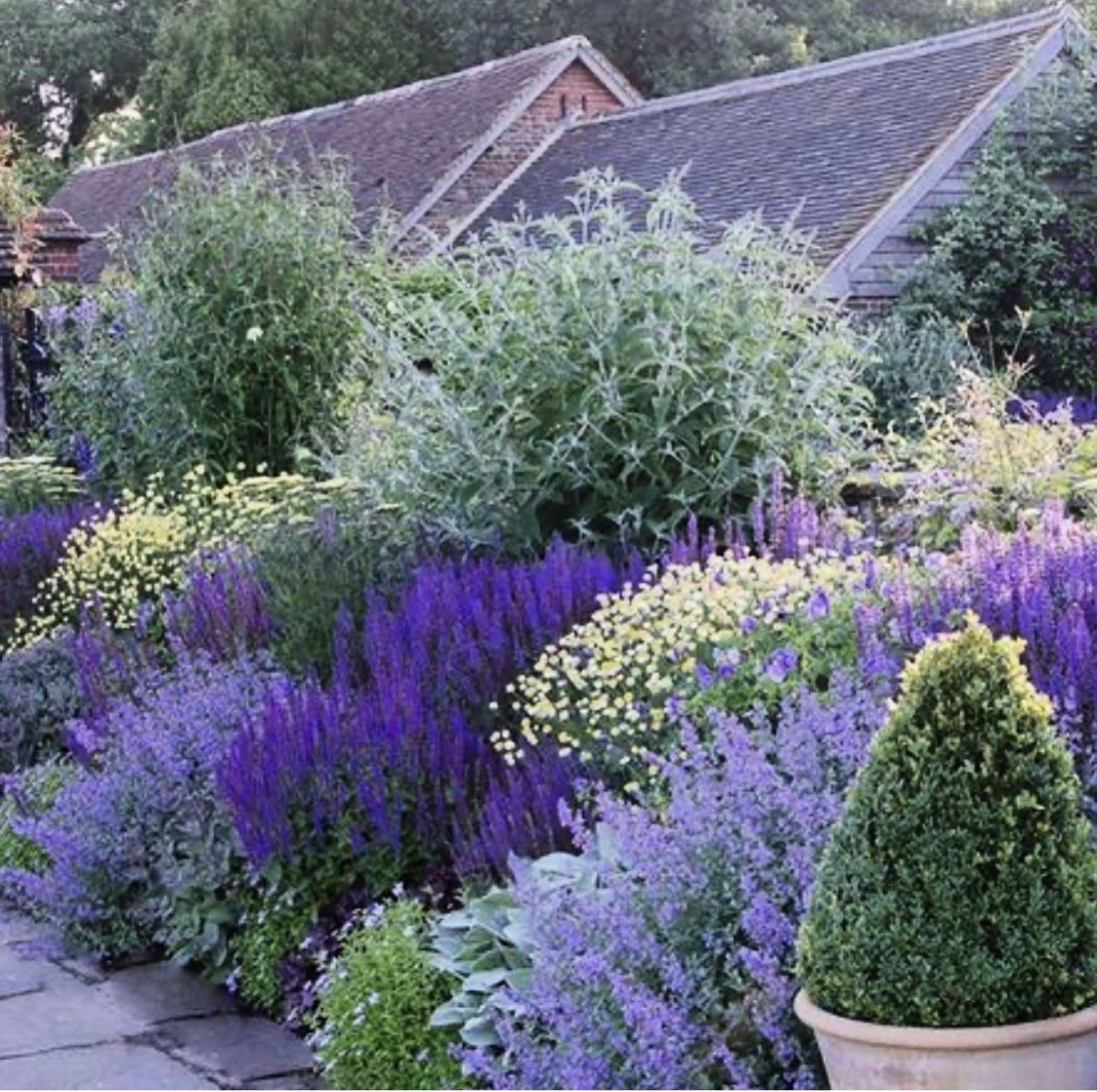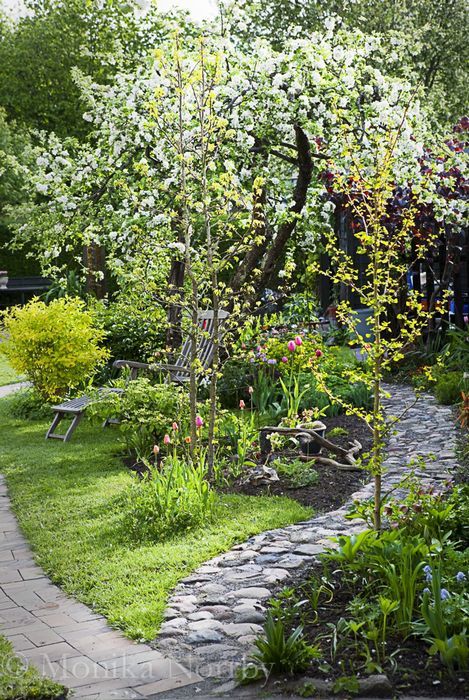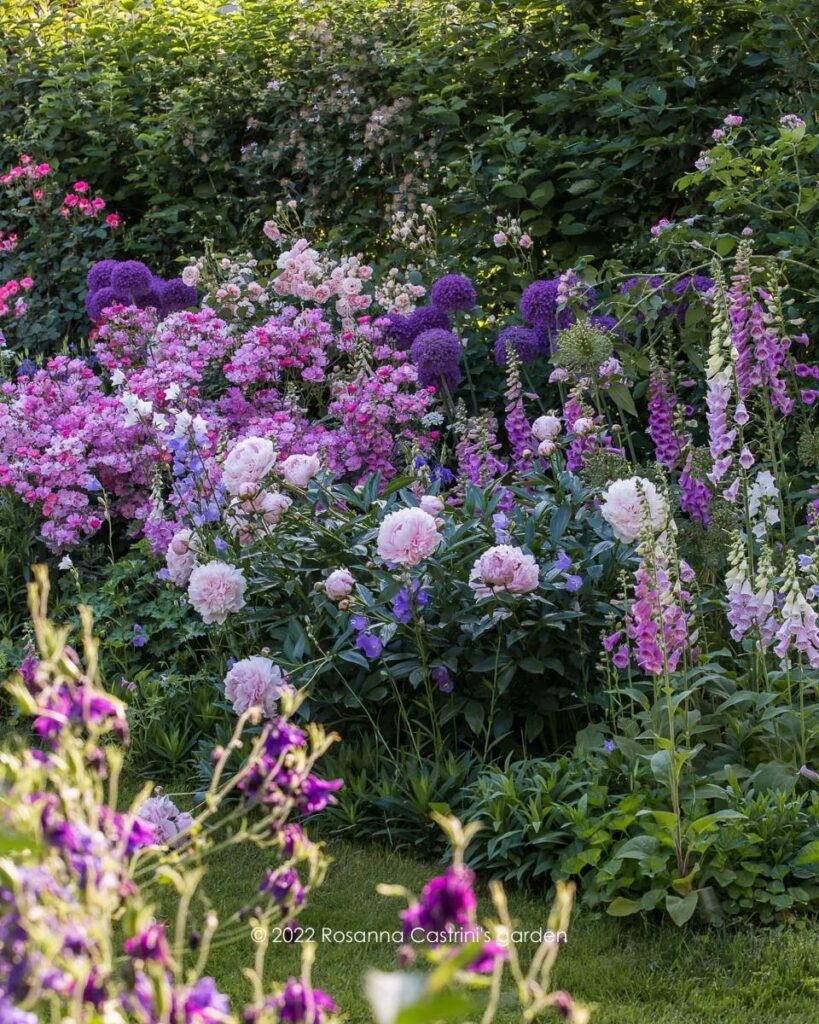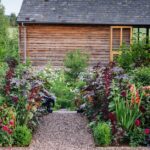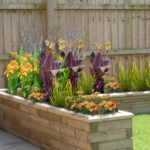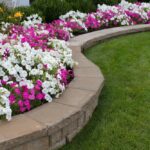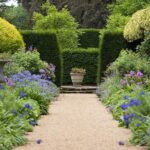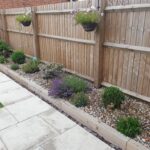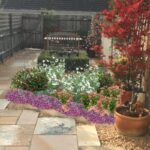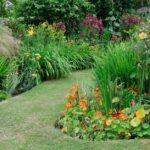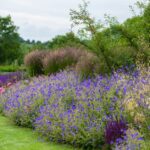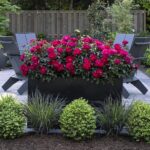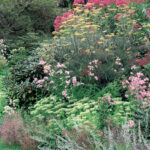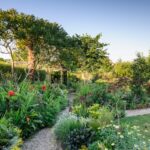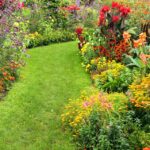Garden design borders are an essential element in creating a visually appealing and functional outdoor space. Whether you have a small patch of land or a sprawling backyard, well-designed borders can help define different areas of your garden and add structure to the overall landscape.
There are many different types of garden borders to choose from, ranging from traditional options like hedges and fences to more contemporary choices like stone or metal edging. The key is to find a border style that complements the overall aesthetic of your garden while also serving a practical purpose. For example, if you want to create a formal look, symmetrical hedges or straight-edged paving can help define the space. On the other hand, a more naturalistic garden may benefit from curved, meandering borders that mimic the shapes found in nature.
In addition to adding visual interest, garden borders can also help with practical concerns like weed control and soil erosion. Edging materials like bricks or stones can create a barrier that prevents grass and weeds from encroaching on your garden beds, while also helping to retain soil and prevent erosion during heavy rains. Mulching the borders can further enhance these benefits by suppressing weed growth and regulating soil temperature and moisture levels.
When planning your garden borders, it’s important to consider the size and scale of your outdoor space. Smaller gardens may benefit from low-profile borders that create a sense of openness and airiness, while larger gardens can accommodate more substantial borders that help break up the space and create distinct areas for different plants or activities. It’s also important to consider how the borders will integrate with other elements in your garden, such as pathways, seating areas, or water features, to ensure a cohesive and harmonious design.
In terms of plantings, garden borders offer an opportunity to showcase your favorite flowers, shrubs, and other plants. Consider mixing different colors, textures, and heights to create a dynamic and eye-catching display. Perennial plants are a great choice for borders, as they come back year after year and require less maintenance than annuals. You can also mix in some evergreen shrubs or ornamental grasses to add structure and interest to your borders during the winter months.
Ultimately, garden design borders are a versatile and practical tool that can help transform your outdoor space into a beautiful and functional garden. By carefully selecting the right materials, shapes, and plantings for your borders, you can create a landscape that is both visually stunning and easy to maintain. So whether you prefer a formal, structured garden or a more relaxed and naturalistic look, there are plenty of options to choose from when designing your garden borders.
